California Legal eBike Classifications Guide
Where can I ride my new eBike?
California adopted new laws for legal eBikes in 2015, breaking the bikes down into three classes. The classifications are primarily based on where they are allowed to operate.
AB 1096: Electric Bicycles
This is the law that defines electric bicycles as those with fully operable pedals and an electric motor of less than 750 watts. It also creates three classes of electric bicycles based on their motor speed and level of electric assist. Electric bikes subsequently fell into classes 1, 2, and 3.
Important note! CA State AB1096 established a default framework – where a local jurisdiction (city, county, etc.) had not put any form of ordinance in place for electric bikes. A local jurisdiction (city, county, etc.) may enact an ordinance to allow or restrict electric bike usage for their area that may differ from the State default.
Class 1 eBike
A Class 1 eBike, or low-speed pedal-assisted electric bicycles, is equipped with a motor that provides assistance only when the rider is pedaling and that stops providing assistance when the bicycle reaches 20 mph. These e-bikes are legal on any paved surface that a regular bike is allowed to operate.
Class 2 eBike
Class 2 eBikes, or low-speed throttle-assisted electric bicycle, are equipped with motors that can exclusively propel the bicycle, but that cannot provide assistance when the bike reaches 20 mph. These e-bikes are legal on any paved surface that a regular bike is allowed to operate.
Class 3 eBike
A Class 3 eBike, or speed pedal-assisted electric bicycle, is equipped with a motor that provides assistance only when the rider is pedaling and stops providing assistance when the bicycle reaches 28 mph. Operators of Class 3 e-bikes must be 16 or older and wear a helmet. Class 3 e-bikes are prohibited from Class I multi-use bike paths unless specifically authorized by a local ordinance.
Below is a simple visual infographic for determining what class your eBike falls into:
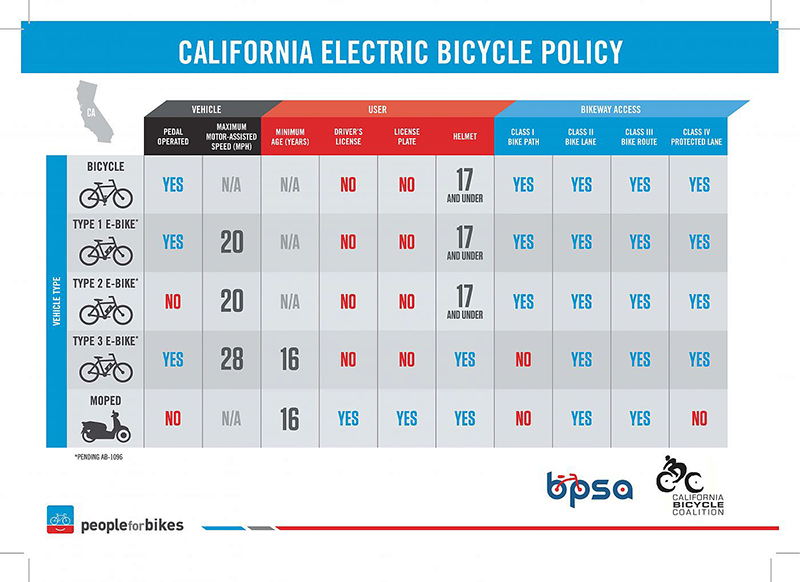
What happens if I modify my eBike?
The bill prohibits tampering with or modifying electric bicycles to change their speed capability unless the classification label also is changed.
Do I need a license or special registration to operate an eBike?
E-bike operators do not need a driver’s license, registration or license plate to ride them, though they do need to abide by existing traffic laws.
Further Questions?
We’re here at the shop every day to meet you and discuss anything you have questions on regarding specific models and legal classifications. Come see and test ride the different classes for free to see which fits you and your lifestyle the best!
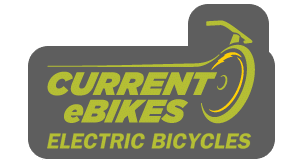
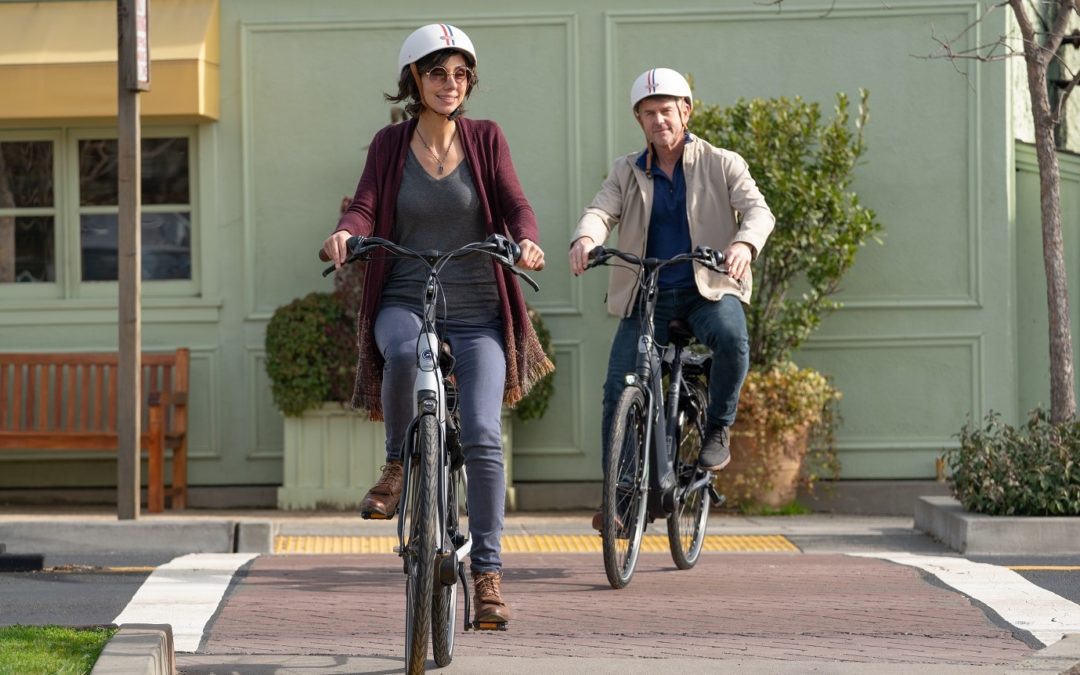
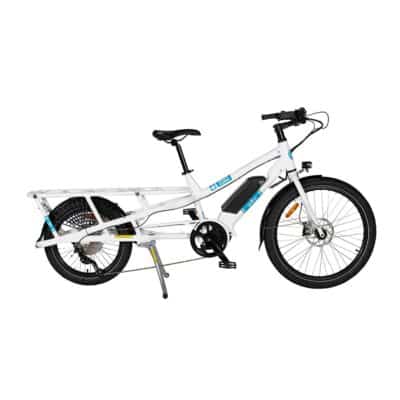
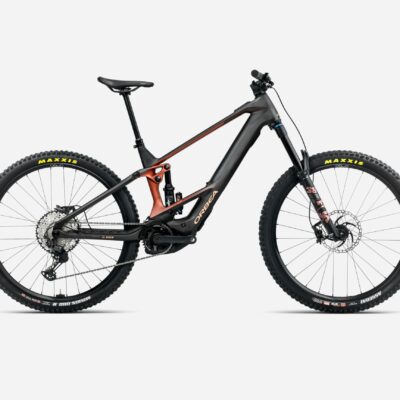

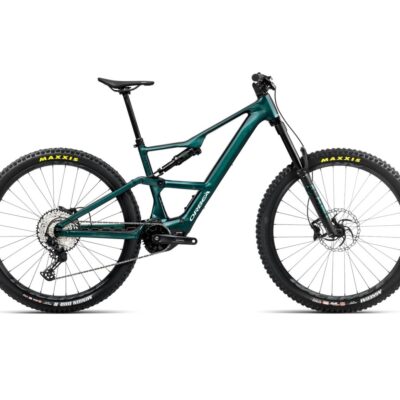
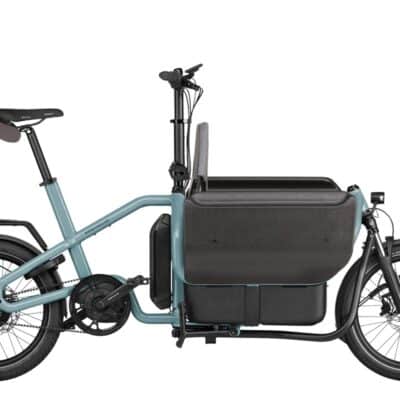
Can I have an evoke that’s 1,000 watts if it’s limited to 20 mph and 28 mph peddle assist?
Hi Mike,
Federal law HB727 AND California AB-1096 define eBikes as a two- or three-wheeled vehicle with fully operable pedals and an electric motor of less than 750 watts.
A bike over 750w would therefore qualify as a “motor-driven-cycle” and require DOT approval, license etc.
Additionally, 28mph ebikes (class 3) may not have a throttle at all in California.
California law AB-1096 specifies: ” A “class 3 electric bicycle,” or “speed pedal-assisted electric bicycle,” is a bicycle equipped with a motor that provides assistance only when the rider is pedaling, and that ceases to provide assistance when the bicycle reaches the speed of 28 miles per hour, and equipped with a speedometer.”
Full text of California ebike law California AB-1096
Please note – Rated motor Watts are not as important to hill-climbing and acceleration as torque. For example, a 350W high torque (70+NM) mid drive will significantly outperform an inefficient, low torque (<50nm) 750W hub-drive motor in most situations.
Hello,
I’m doing comparative research on dockless mobility and how it is applicable to California’s Vehicle Code. It seems like devices like URB-E and the Wheels e-bike (e-bike share in San Diego and Los Angeles) fit more under Class II because of the low-speed throttle feature, but these two devices both have pegs instead of operable pedals. Would these and other e-bike looking devices still be considering e-bikes or motorized scooters. Does the definition prioritize the ability to pedal vs. the capable speeds of the device?
While we are not legal experts, a low speed motor-driven cycle without the ability to pedal would likely fall outside the definition of an e-bike. Such vehicles would be more akin to a NEV (neighborhood electric vehicle) or electric skateboard.
What if it says 750 Watts nominal but then a higher number for peak? Is that still ok?
Hi Richard,
I’m sorry, we’re not legal experts here. But, most of the top companies that produce electric drive systems, brand names like Bosch, Yamaha, Shimano, offer strong motors that are rated at 250-500 watts. In most case, the torque rating is more important for hill climbing than “watts”. Cheers,
Hi Mike,
Can you show me where this is cited?
“Additionally, 28mph ebikes (class 3) may not have a throttle at all in California.”
Hi Art,
You can look this up on the People For Bikes website or here;
https://leginfo.legislature.ca.gov/faces/billNavClient.xhtml?bill_id=201520160AB1096
Cheers,